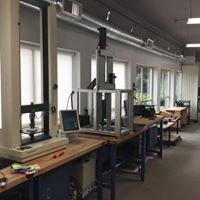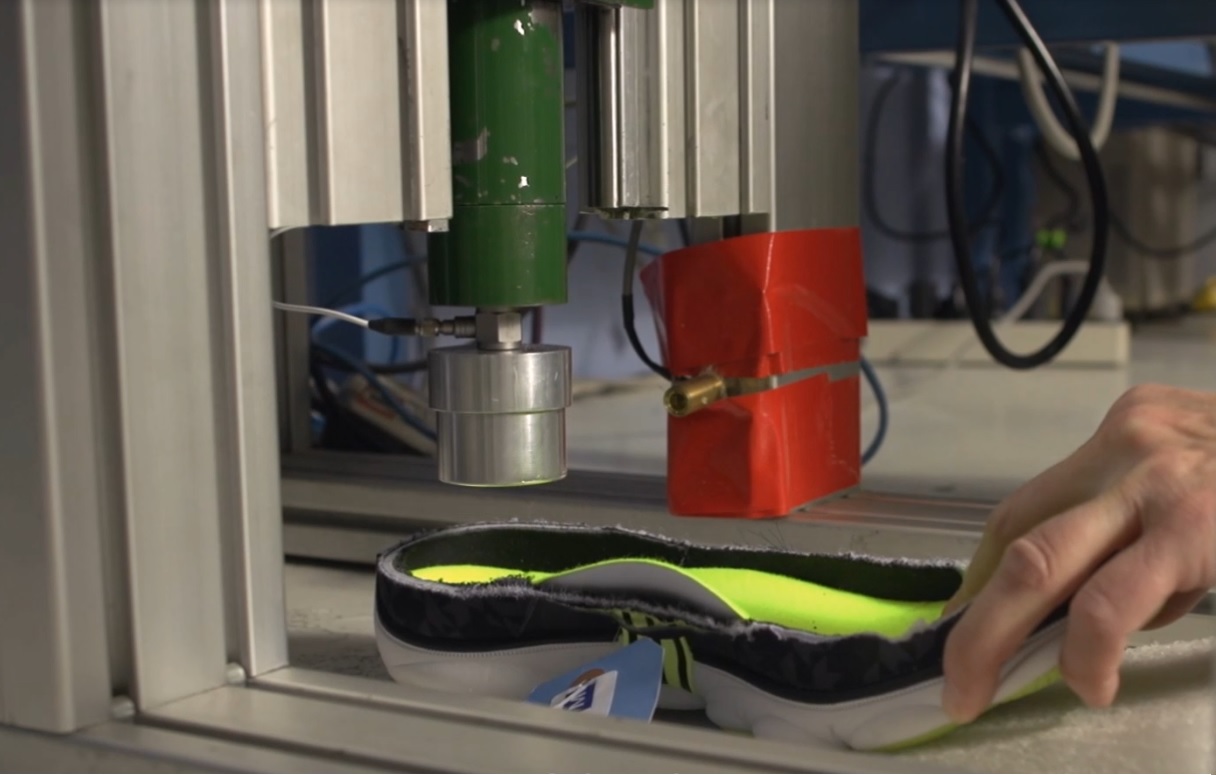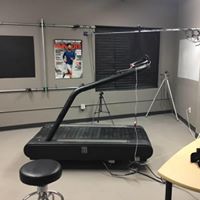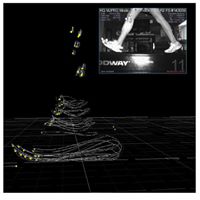
Masterclasses for Footwear Industry
Professionals
RUNNERS, RUNNING
AND RUNNING SHOES
Two Days / 16 contact hours
This course provides an advanced, evidence-based
examination of runners, running and their running shoes.
The program is most appropriate for researchers,
designers, engineers, product developers and others who
have some prior technical background and experience in
footwear-related biomechanics and seek to deepen their
understanding.
Analysis of runner demographics and their running habits
provides the basis for identifying functional needs and
setting shoe design goals. An in-depth look at running
biomechanics reveals that much of the conventional
wisdom regarding “foot contact”, “impact”, “stability”,
etc., is based on mythology and unsubstantiated. We
debunk those myths and offer evidence-based
alternatives. The second day centers on the application
of biomechanical principles and data to the design and
engineering of running shoes that meet functional and
perceptual goals. In addition to class time, the course
includes laboratory demonstrations and Q&A sessions.
The accompanying course book provided to all attendees
includes notes on all the topics covered, plus
additional details, example data and design templates.
Topics:
I. Runners
i. Demographics
ii. Habits & Motivation
iii. The runner spectrum
II. Running Biomechanics
i. Principles of bouncing gaits;
ii. Runner vs Gravity
iii. Gait vs speed
iv. The foot contact myth
v. The impact force myth
vi. Lower extremity motion
vii. Running injury myths
viii. “Natural” running and barefoot mythology
III. Running Energetics
i. Energetics and VO2
ii. Running Ecomomy
iii. Endurance Performance
IV. Running Shoes
i. The running shoe spectrum
ii. Assessment of functional requirements
iii. Cushioning and related myths;
iv. Energy return and related myths
v. Stability and the pronation myth
vi. Weight, flexibility and sole geometry
vii. Traction & outsole design
viii. Engineering for perceptual attributes –
“comfort”, “ride”, etc.
V. Test Methods
i. Mechanical Methods
ii. Biomechanical Methods
iii. Psychophysical Methods
VI. Trends and Technologies
All courses are limited to
a maximum of ten participants




